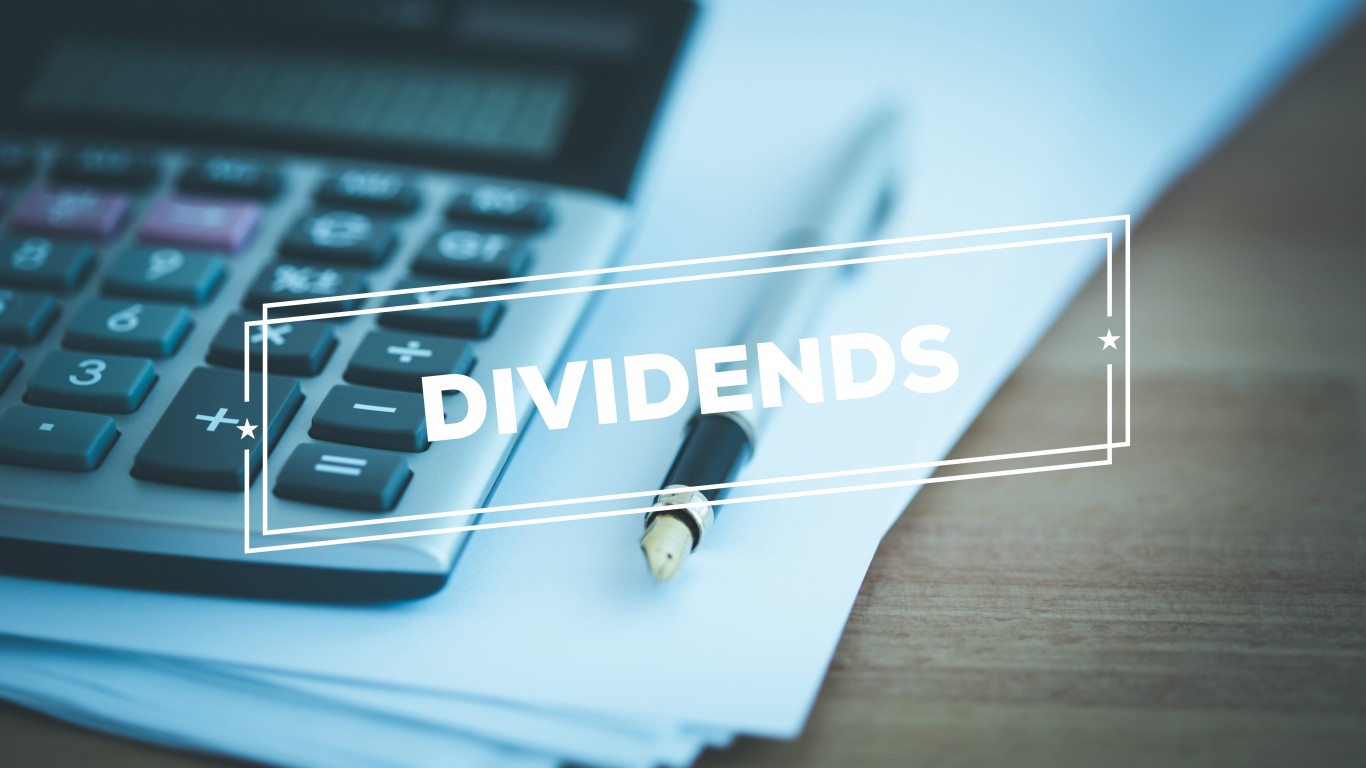
This post may contain links from our sponsors and affiliates, and Flywheel Publishing may receive
compensation for actions taken through them.
compensation for actions taken through them.
At the age of 50, it’s time to start focusing on where you want to be in 10 to 20 years.
Sure, T. Rowe Price says you should have six times your salary saved by this point—which is about $400,000 if you’re earning $100,000 a year. And while many of us are far from saving six times our salary, that’s ok. There’s still plenty of time.
Granted, many of us are currently dealing with our child’s college education costs, car and home costs, insurance, medical costs, and even helping an aging parent. On top of that, we have our bills and hurdles to jump, which can prevent us from saving, too.
But again, don’t worry if you haven’t saved six times your salary.
Key Points About This Article:
- If you’re thinking about retiring, make sure you have a comfortable cushion.
- Take advantage of employer matches, catch up with contributions, and diversify.
- Also: Take this quiz to see if you’re on track to retire (Sponsored)
For one, take full advantage of your employer’s 401(k) match.

If you have an employer that will match your 401(k), maximize your contributions up to the amount your employer will match. If your employer will match up to 6% of your salary, maximize that. If you earn $75,000 a year, and you contribute 1%, that’s $750 for retirement. If your employer matches that, you have $1,500 for retirement per year. If you contribute 6% and your employer matches that, that’s about $6,750 in retirement per year.
You can invest in a traditional IRA, for example. While it’s best to check with your financial advisor, many times you can deduct contributions on your tax return.
Or, consider a Roth IRA, where you make contributions with money you’ve already paid taxes on. With a Roth IRA, your money can grow tax-free with tax-free withdrawals. But again, check in with your financial advisor before doing anything.
Two, catch up on your retirement account contributions.

Catch up contributions allow people – aged 50 and older – to catch up on their retirement savings. It simply allows you to put additional money into your account above the standard limits. “Plan participants utilizing catch-up contributions must be aged 50 or older by the last day of the year,” according to Ascensus.
For example, if you have a 401(k) plan, your employee contribution limit for 2024 is up to $23,000. If you’re 50 and older, you can contribute up to an additional $7,500. Do check with a financial advisor, though.
Three, diversify your portfolio.

Make sure your investments are well-diversified across asset classes within stocks and bonds. Have stock exposure to large-cap, dividend stocks, and mid-cap companies. You may even want exposure to real estate, and U.S. and international bonds.
Fourth, make sure you have an emergency fund.
At the moment, about 37% of Americans can’t afford an emergency expense over $400, according to Empower Research.
Unfortunately, as we all know emergencies can happen at the worst times. So, make sure you have a fund set up for “just in case” situations. You can start small with a basic savings or money market account that you can contribute to when you have extra cash. Look for savings that offer annual yields. And make sure you only hit the account with true emergencies.
Five, tackle your debt.

One of the worst things to carry is debt – mortgage debt, school loan debt, credit card debt. All of which can easily prevent you from saving for retirement.
As of the second quarter, American households have about $17.796 trillion in debt, which breaks down to about $104,215 per household. Mortgage debt makes up about 70% of the household debt. Credit card debt is up to $1.142 trillion, with households seeing an average balance of $6,501 in addition to hefty interest debt.
One way to handle your debt is to focus on the smaller balances first. That way, you free up even more cash for the heavier debt. Then, once the smaller debts are paid off, you now have new cash flow to tackle to make extra payments on higher interest balances.
Six, live on less than you make.
According to Ramsey Solutions, “94% of the millionaires we studied said they live on less than they make. The typical millionaire has never carried a credit card balance in their entire lives, spends $200 or less on restaurants each month, and still shops with coupons—even after reaching millionaire status! So, ask yourself: Do you want to act rich or actually become rich? The choice is yours.”
Too many of us spend money like mad. But if you want a healthy retirement account, you need to cut back unless you’re already well-established financially. You can do this by creating a budget, setting spending limits, and even canceling used subscriptions or memberships.
Seven, check in with a financial advisor.
Help make life a bit easier by checking in with a financial advisor. They can help guide you, show you where and how to invest, and help you achieve your financial goals for retirement.
Get Ready To Retire (Sponsored)
Start by taking a quick retirement quiz from SmartAsset that will match you with up to 3 financial advisors that serve your area and beyond in 5 minutes, or less.
Each advisor has been vetted by SmartAsset and is held to a fiduciary standard to act in your best interests.
Here’s how it works:
1. Answer SmartAsset advisor match quiz
2. Review your pre-screened matches at your leisure. Check out the advisors’ profiles.
3. Speak with advisors at no cost to you. Have an introductory call on the phone or introduction in person and choose whom to work with in the future
Thank you for reading! Have some feedback for us?
Contact the 24/7 Wall St. editorial team.





